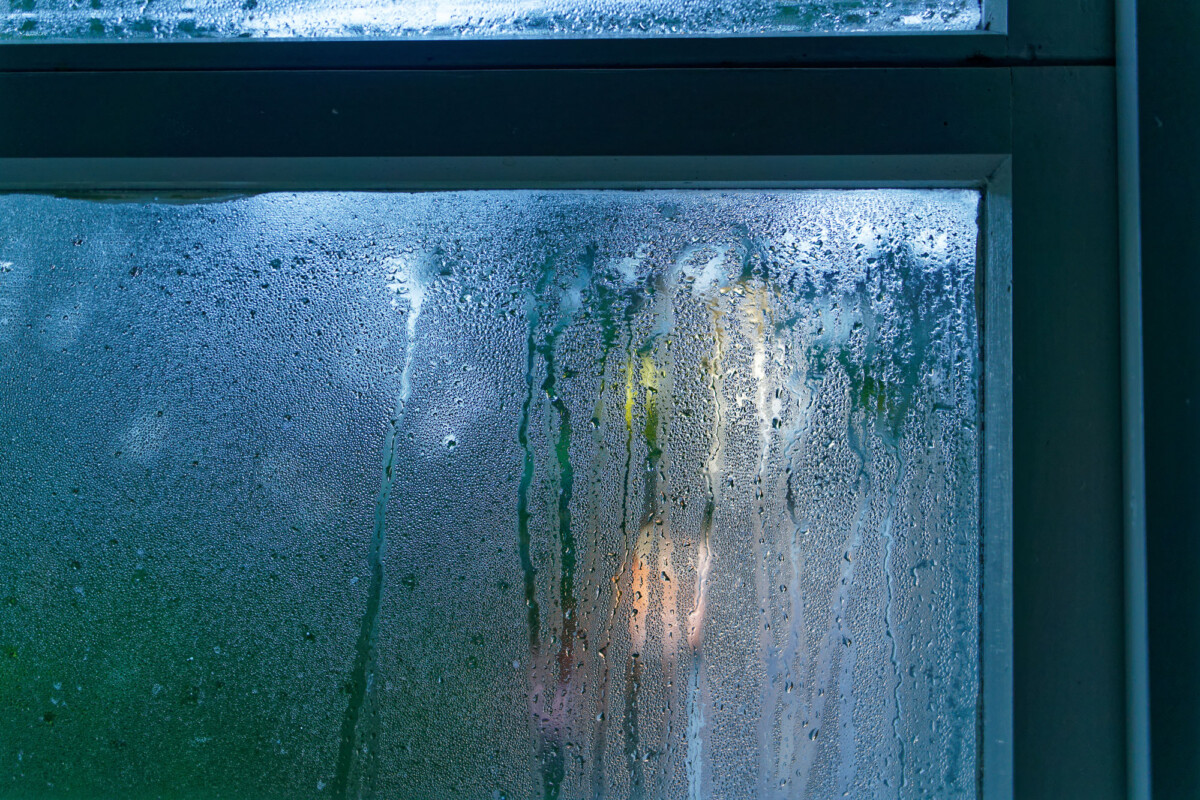Glass industry ready for new demands
28 Nov 2022, Building and housing, News

Changes to acceptable solutions for Clause H1 of the Building Code come into effect on November 3 and will require R0.37 for windows and doors in houses planned across the whole of New Zealand between 3 November 2022 and 31 April 2023
Window & Glass Association of New Zealand (WGANZ) Chief Executive Brett Francis says the glass industry is prepared and ready for the increased demand for ‘Low E’ glazing, which helps meet the new requirements by achieving a lower rate of heat loss.
“We have planned ahead and made sure there’s plenty of Low E glazing in the country for builders to use on projects going forward.”
And while WGANZ backed the new rules, Francis told Under Construction they could have gone further.
Changes supported but could go further
“Windows are the weakest part of the thermal envelope so we support any increase. However, I believe this set of H1 changes is blunt and unsophisticated. All the Ministry of Business, Innovation and Employment (MBIE) did was increase R-values, but we’d like to see things like window recessed into frames. This would bring the double glazing into line with the thermal insulation fitted in the framing and make a big difference to the building’s thermal performance. Additionally, we need to start to look things like solar heat gain and the quality of the internal liveability of the dwellings.”
Francis said that tradies should be aware of the change in regulation as they will see them come through on plans soon – if they haven’t already – and homeowners may ask about them.
“Any building consents lodged from 3 November 2022 will need to satisfy the first phase of these new requirements. And while the increases in R-value requirements for windows and doors will vary depending on a building’s type and location, for many, the initial increases will require a change in glazing solutions.”
To help clarify the changes, WGANZ has come up with a handy calculator.
“We’ve created a simple tool for Housing requirements in the H1 Info Hub on the Association’s website, and have Quick Reference Guides for all the building types available as well.”
New requirements rolled out
The first phase of implementation will see windows and doors in houses in all areas of the country require a rating of R0.37. However, four of the six were already required to have this rating so, for glazing, it will only affect Zones 1 and 2 – which covers much of the North Island including Auckland.
“This means minimum compliance can be achieved through a change in glazing, and specifically through the use of high-performance, double glazed Low E Insulated Glass Units (IGUs) in aluminium frames.”
Low E glazing achieves a lower rate of heat loss due to thin layers of silver or other low emissivity material on one side of the glass, which is enclosed in double or triple glazing to protect the coating. To achieve further insulation, inert gas like argon is used between layer of glazing.
However, once requirements are lifted to R0.46 or R0.50 depending on the zone, Low E glass with aluminium framing will not suffice. Thermally broken aluminium, uPVC or timber framing with double-glazed Low E IGUs will be required to meet or exceed the standard.
After 2 November 2023, requirements will be lifted to R0.46 for Zones 1 and 2. In Zones 3 and 4, windows and doors will need to meet R0.46 by May 2023 – six months sooner than Zones 1 and 2.
Zones 5 and 6 – which cover the coldest parts of New Zealand including the entire Southland region, Canterbury and Otago – will need to meet the new R0.50 requirements for windows and doors by 1 May 2023.
Embrace new products
Francis added: “At these levels, the cold aluminium frames that are a mainstay in so many New Zealand homes will become a thing of this past. Instead, compliance will require thermally broken aluminium, uPVC or timber frames combined with double-glazed Low E IGUs (insulated glass units).”
Additionally, builders should understand that certain designs will compromise the R-values of dwellings.
“In Zone 3 and 4 the thermal requirement of R0.46 is based on a house with lot of windows, but features like skylights and louvre windows have poorer thermal performance so, if those are part of the design, you need to compensate for that by increasing the R-value of other windows or other areas in the thermal envelope.”
Commercial buildings will also see a change in R-value for windows and doors. For buildings up to 300m2, the same rules as housing apply – Zones 1 and 2 require R0.37, rising to R0.46 by 1 May 2023. By this same date – 1 May 2023 – Zones 3 and 4 require R0.46 while Zones 5 and 6 require R0.50.
Buildings greater than 300m2 require R0.33 in Zones 1 and 2, R0.37 in Zones 3 and 4, R0.40 in Zone 5 and R0.42 in Zone 6 from 3 Nov 2022.
Register to earn LBP Points Sign in


